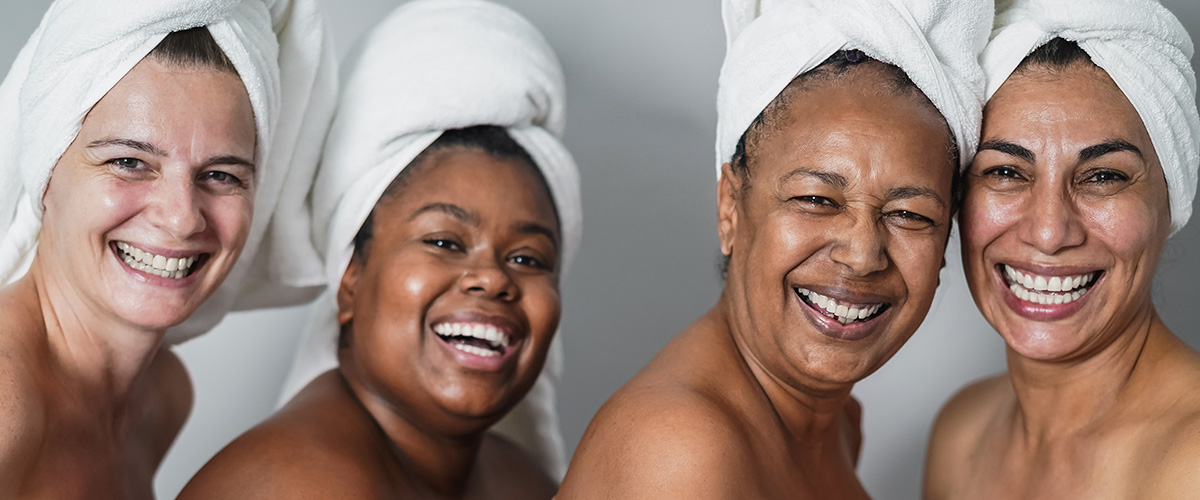Age and everything that comes with it is an unfortunate fact of life. While we can’t reverse ageing, or stop its inevitable march we can at least minimise the visible effects of ageing with the right mindset and skincare plan. Here, we will describe 5 significant contributors to ageing skin, broken up into two main categories of internal and external factors, and have a look at what we can do to minimise their effects.
The two main biological contributors to ageing skin are impaired barrier function and decreased water content. While the three main environmental contributors to ageing skin are sun exposure, environmental impact such as pollution and climate and lifestyle and habits.



